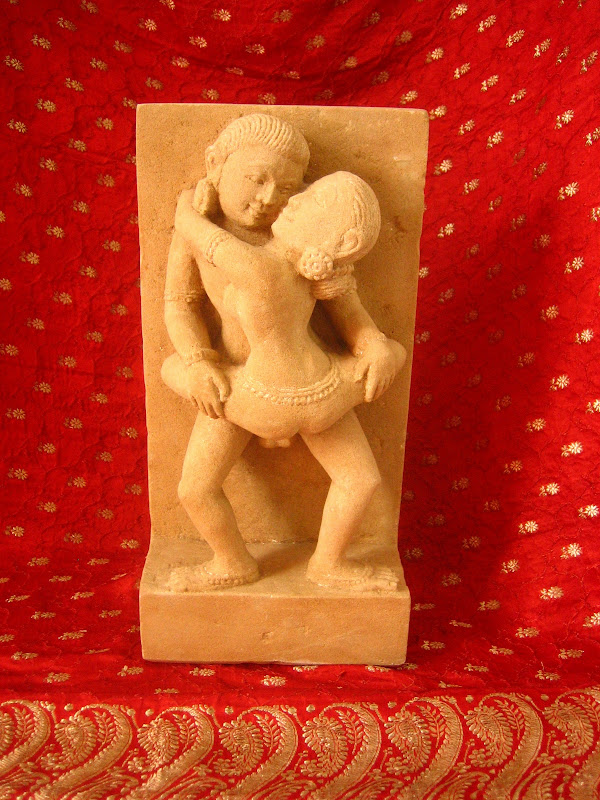
Long before the time of the Buddha or the great Indian yogis, shamans in hunter-gatherer cultures throughout the world used meditative practices to enter altered states of consciousness, known as trances. Focusing their minds through drumming or rhythmic chanting; dancing in simple, repetitive steps; and sometimes using hallucinogenic plants, these men and women left their bodies and journeyed to the “world of the spirits.” From there they brought back sacred wisdom, healing abilities, magical powers, and spirit blessings for the sake of the tribe.
Cave paintings dating back at least 15,000 years depict figures lying on the ground in meditative absorption. Scholars have determined that these figures were shamans journeying in trance to ask the spirits for a successful hunt. Other cave paintings from a similar period show shamans who transformed into animals — a typical practice that continues to this day. (Depending on your belief system, you may be inclined to dismiss such experiences as figments of an overactive imagination. But the shamans and their followers have no doubt that such journeys and transformations actually occur.)
Though shamanism declined with the shift from hunting and gathering to farming, shamans still act as healers, guides for the dead, and intermediaries between humans and spirits in parts of Siberia, North America, Mexico, South America, Africa, Australia, Indonesia, and Asia. In recent years, through the writings of Carlos Castaneda, Michael Harner, and Joseph Campbell, more and more Westerners have taken an interest in shamanism — and some have even become accomplished shamans themselves.

